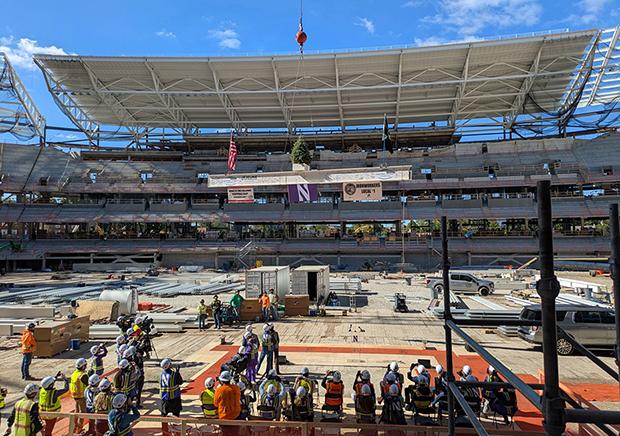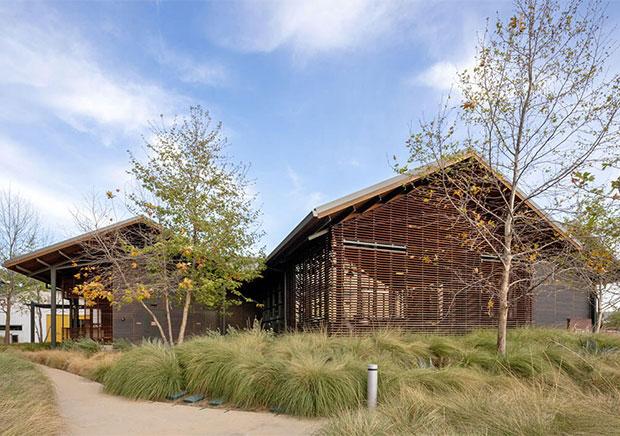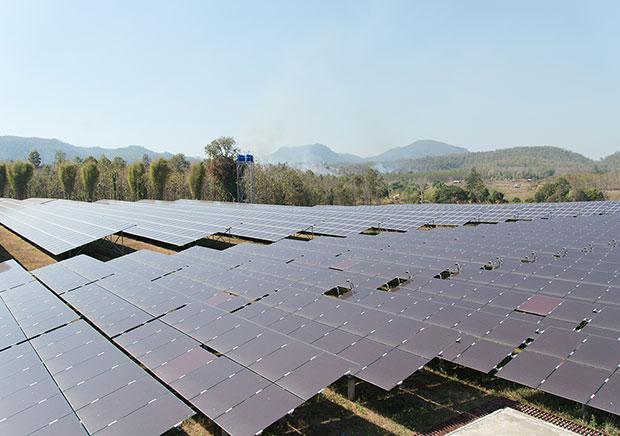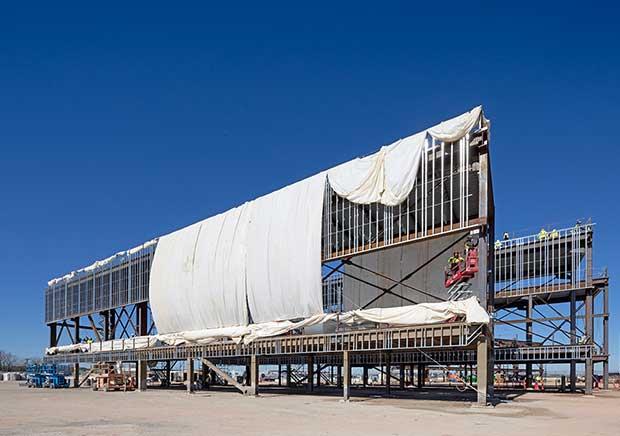News & Resources
Featured
How Hail Affects Roofing MaterialsOctober 30, 2025
Hailstorms cause billions of dollars' worth of damage to roofing systems, with materials like shingles, metal, tile and solar panels facing risks like cracking or denting. Our hailstorm damage forensics team uses advanced tools to assess damage and recommend resilient materials and prompt inspections for effective repairs and insurance claims.
Explore our News & Resources
How Hail Affects Roofing Materials
October 30, 2025
Hailstorms cause billions of dollars' worth of damage to roofing systems, with materials like shingles, metal, tile and solar panels facing risks like cracking or denting. Our hailstorm damage forensics team uses advanced tools to assess damage and recommend resilient materials and prompt inspections for effective repairs and insurance claims.
Ryan Field Tops Out
October 23, 2025
The new Ryan Field tops out in Evanston, Illinois, advancing accessible, sustainable and community-centered design for next-generation collegiate venues.
LEED v5 Certification Explained
October 22, 2025
LEED v5 supports green building innovation by focusing on carbon, material reuse and climate resilience.
Thornton Tomasetti Benchmarks NVIDIA’s New Blackwell GPU Using CORE.Matrix
October 14, 2025
The collaboration underscores Thornton Tomasetti’s commitment to advancing computational design and the work of CORE Studio in driving innovation across AEC technology.
How Microgrids Boost Energy Resilience and Cut Facility Costs
October 10, 2025
Learn how microgrids improve resilience, reduce operational costs, and enhance energy independence for facilities facing grid disruptions.
Martyn’s Law 2025: U.K. Venue Security & Compliance for the Built Environment
October 05, 2025
The Terrorism (Protection of Premises) Act 2025, better known as Martyn’s Law, introduces a new legal duty for U.K. venues and publicly accessible locations. For those operating in the built environment from sports and public assembly venues to cultural and community institutions, retail destinations and transport hubs, the implications are wide-ranging.
Phase Two of the Concourse D Widening Project at Atlanta International Airport Opens
September 19, 2025
The expanded concourse will increase capacity and greatly improve the passenger experience.
ENR: Sparc Nears Completion
September 18, 2025
The Commonwealth Fusion Systems, SPARC facility - which will house a high-field tokamak machine capable of generating carbon-free fusion power for commercial use - is nearing completion in Massachusetts.









